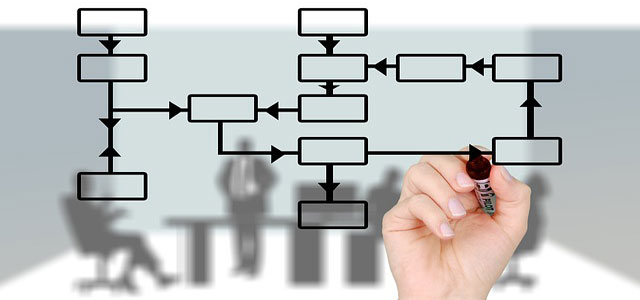Workforce Modeling
 Workforce Modeling was introduced in release 8 and it is a separate module in oracle fusion. This also requires a separate licence. It is a powerful tool that helps top executives to plan, model, and execute workforce changes using a simple graphical tool. It has many inbuilt analytic that helps manager or the owner to take decision while working on organization restructure (reorg). Using the inbuilt analytic and graphical representation you can predict the behavior and result of any changes you plan to do. In any organization workforce modeling access should only be given to top executives and not all managers as it has seeded approval associated with, which requires minimum three level of approval (including HR specialist)
Workforce Modeling was introduced in release 8 and it is a separate module in oracle fusion. This also requires a separate licence. It is a powerful tool that helps top executives to plan, model, and execute workforce changes using a simple graphical tool. It has many inbuilt analytic that helps manager or the owner to take decision while working on organization restructure (reorg). Using the inbuilt analytic and graphical representation you can predict the behavior and result of any changes you plan to do. In any organization workforce modeling access should only be given to top executives and not all managers as it has seeded approval associated with, which requires minimum three level of approval (including HR specialist)
Workforce Modeling Analytics
Below are the five analytics used by Workforce Modeling which helps to view the impact of proposed changes against headcount, Salary, effectiveness, alerts and changes. They are explained in details below:
1. Changes
 This first analytic tells about the number of changes you have done in the model (organization restructure). It counts each and every changes you have proposed. So if you terminated an employee it will count it as one change, if you give salary hike it will count as another change and so on. So in one line it give you the number of changes you have proposed.
This first analytic tells about the number of changes you have done in the model (organization restructure). It counts each and every changes you have proposed. So if you terminated an employee it will count it as one change, if you give salary hike it will count as another change and so on. So in one line it give you the number of changes you have proposed.
Subscribe Now to Unlock Premium Content!
Choose a plan that fits your needs and stay ahead in your career with our expertly curated premium content.










